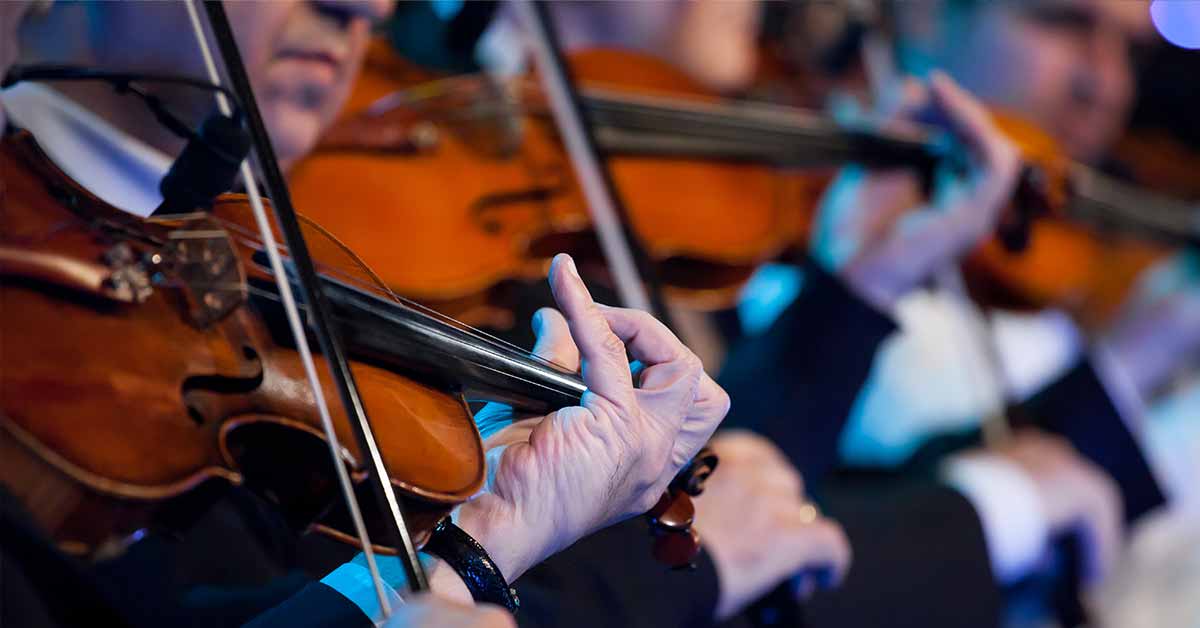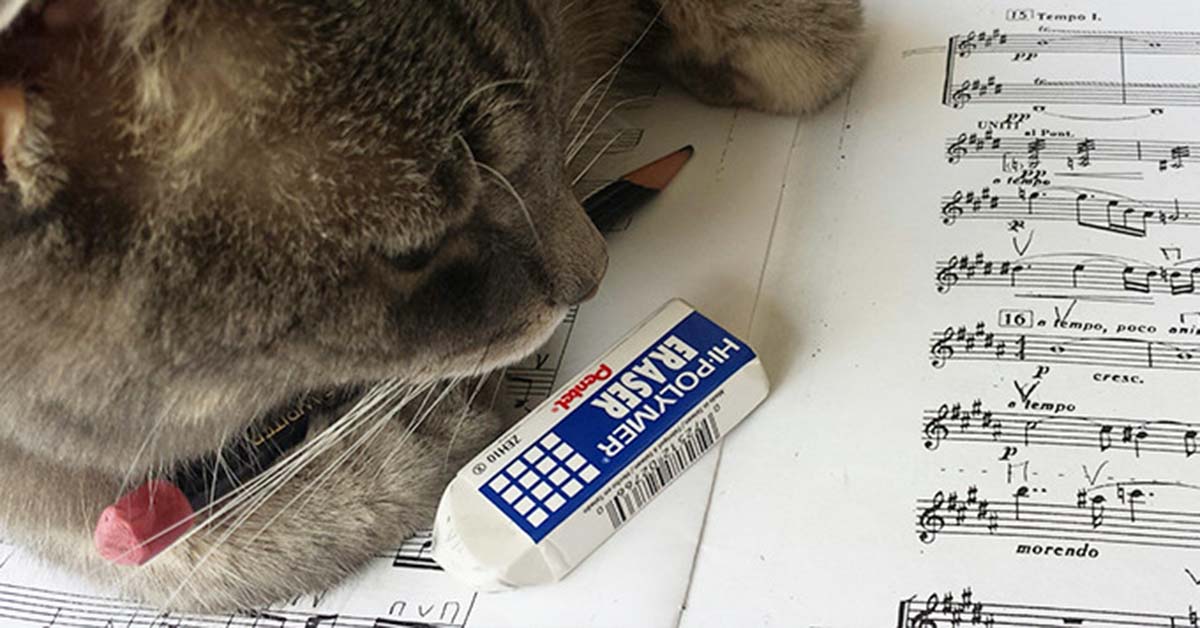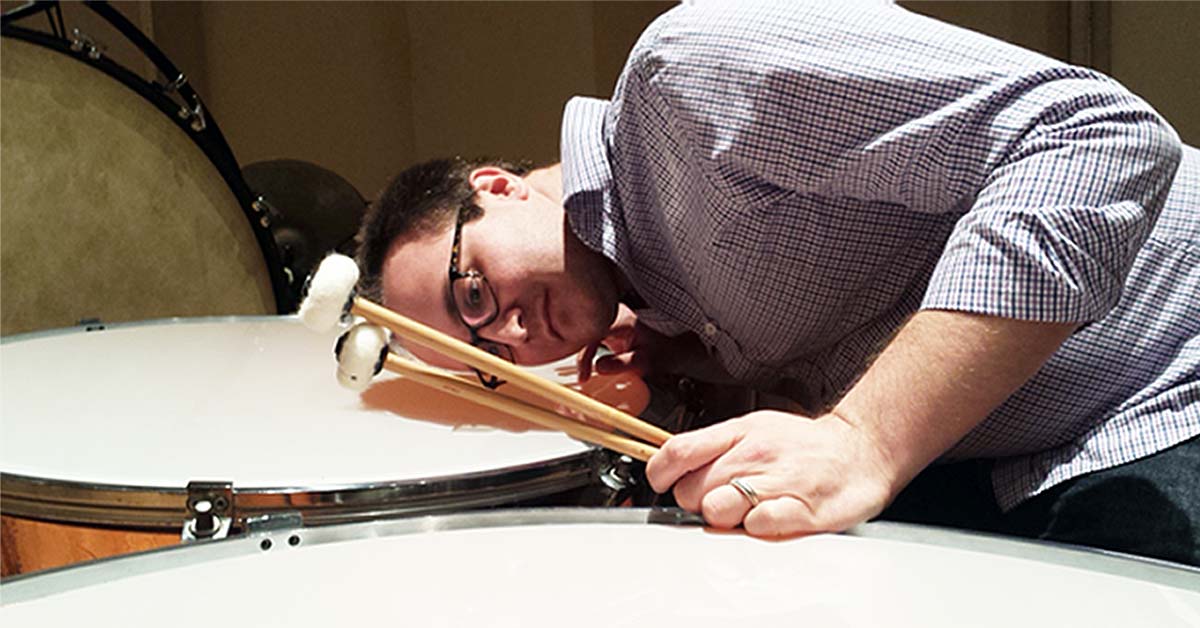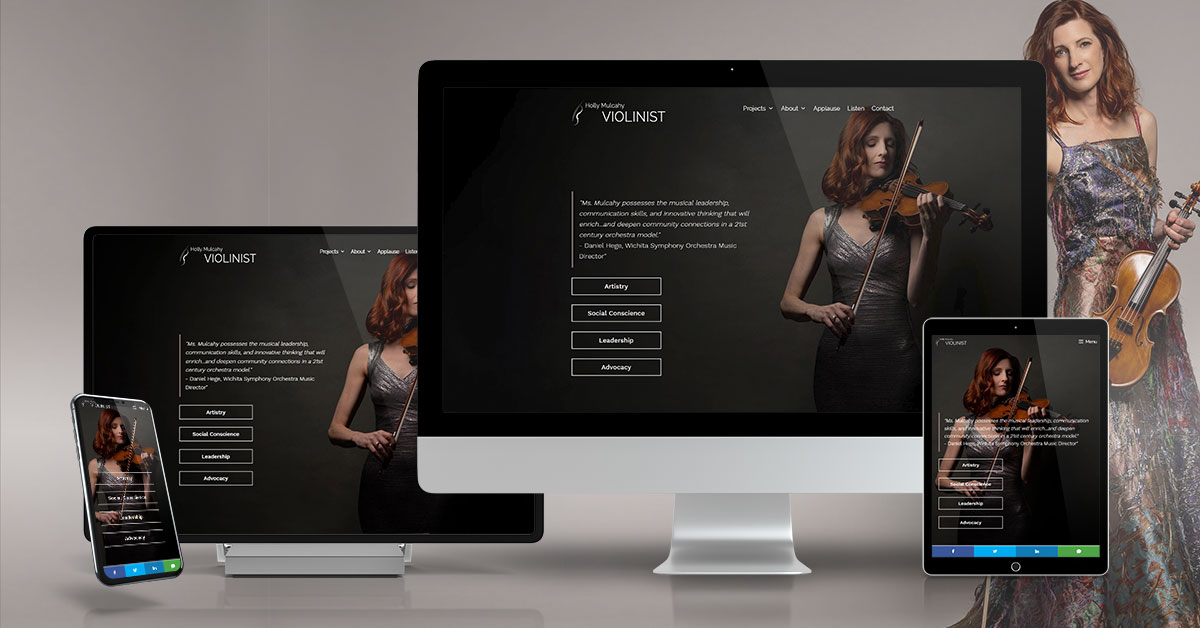As many orchestras begin returning to the stage, here are a few etiquette guidelines to think about:
Do not complain on social media about wearing a mask
- Everyone knows they are difficult to breathe in, cause acne, hard to perform in, and uncomfortable.
- Even if you are joking, making light of the situation, be cognizant that there are many orchestras that are not performing.
- Colleagues in orchestras not playing will not take kindly to your witticisms and asides about a mask because it’s likely they would be more than happy to be wearing a mask and performing.
- Chances are you have audience members, donors, board members following you on your social accounts. Keep in mind, some audience members are out of work as you complain about your work.
- Even if you don’t think you have audience, donors, board members following you, there is the screen capture that will immortalize your tasteless jokes.
Summary: It’s easy and takes little time to forget what life was like when you were not playing concerts. That frustration and fear can be swept aside as you start getting back to work with some changes. However, there has never been a better time to exercise empathy, understanding, and caution when posting glib remarks on social accounts. Don’t be a jerk.
Guest soloists, if the orchestra wears masks, so do you
- Just because you are a guest does not mean you are immune from safety protocols. Orchestras, with slight variations, have put much thought into keeping the members and audience safe.
- There are plenty of soloists not working who would gladly wear a mask during this time. Show some respect to your employer and the audience.
- Being a gracious soloist will keep you in mind for return engagements.
- If you are a singer, no doubt the orchestra will have you distanced enough to meet their safety precautions. There are options like what soprano Mela Sarajane Dailey did with her recent appearance with Austin Symphony.
- Don’t pull any kind of diva card during these times. People are stressed, fuses are short, and tensions are high.
Summary: Even if your contract doesn’t have language about wearing a mask or not, now is not the time to press on this issue. You don’t want to be seen as “that soloist who was too important to bother following rules.” The artform already is struggling with elitism and classism, why pour more fuel on that fire?
Conductors, you are part of a team
- If your orchestra is in masks, you should be too.
- If you are not wearing a mask, audience will wonder why.
- Everyone wearing a mask on stage is dealing with the difficulties, you are not any more special. Be a part of this team.
- Find new ways to communicate; dare to utilize your left hand more!
- If it’s difficult to speak and be heard, use a microphone or megaphone so your orchestra can hear you.
Summary: Being a leader means setting a tone. Your tone is one of understanding, teamwork, and a general knowledge that your job on the podium is ultimately to deliver a fine musical experience for the audience. If you choose to not wear a mask, you are telling the orchestra you are better than them. You are also telling the audience that the music is not as important but the conversation of who is wearing a mask or not is important. Keep the priority straight.
Words of caution
- Using the “I’ve been tested” as your get-out-of-wearing-a-mask card is not going to fly. This is a group effort. All or none.
- Using your position of power to assume you are above wearing a mask will cause the rank and file to lose respect for you.
- If the audience is talking about who is not wearing a mask, your mission for your organization is out the window. Don’t give them anything but a musical experience to talk about.
Words of wisdom:
“The idea of the conductor having a different set of rules than the musicians does not work for me. When the winds are involved, they are usually spaced further away from the conductor or might even have shields. Health comes before music in this case.”
~ Leonard Slatkin
“I decided to go with a mask through all the sessions, for a couple of reasons. #1. If they all have masks, I should too. We’re all on the same team. #2. Even though I was tested weekly through the 3 weeks of filming, you never know. And #3. The mask was also to protect me from potentially GETTING sick, not just protect others from potentially getting my “germs.” Finally, when these are released, #4. We didn’t want the story to be about masks or no masks. We all wore them (incl winds if/when possible)—including conductor.”
~Bruce Kiesling
Final Thought
At a time where most orchestras are already struggling to stay relevant and solvent even without Covid-19, this is not the time to show a divided front. We owe it to the artform we have devoted ourselves to. Let’s be united on this.











Good advice for anyone who is working or returning to work, regardless of occupation.
I cannot agree about the conductor. Just as the wind section does not wear a mask because it interferes with their job, so the conductor should not. The facial expressions of a conductor are a critical component of their ability to command an orchestra, it’s not superfluous.
Hi John,
I appreciate your opinion and thank you for sharing it! It sounds like a number of well established conductors disagree with you, namely Leonard Slatkin, who is quoted in this article. While facial expressions are great under normal circumstances, if conductors are given a pass, should not the principal strings be given a pass as well? Watching any orchestra, the principal strings and concertmaster always communicate with their faces, in addition to the conductor.
Winds, in many orchestras, are now wearing special masks, coverings, and/or using plexiglass barriers; and some orchestras are not using winds at all.
Times are critical right now. Health concerns trump a facial expression. Until a conductor needs to cue an entrance with their tongue, they ought to be observing utmost safety of their orchestra members, and wear a mask if that is what is required of rank and file.
Hi Holly,
Thanks so much for posting this. I couldn’t agree more. I’m a freelance cellist and just gave a up a gig because of the inconsistent mask policy.
I have been playing with this regional orchestra for 10+ years. Only strings had to wear a mask- not conductor, soloist, or brass/winds. There was no vaccination requirement. Obviously, policies like this have nothing to do with health. I suggested that the policy should be the same for all orchestra members; e.g. vax required (wear a mask if you want to) or no vax req. and everyone wears a mask. As you correctly pointed out string players are compromised as well – facial expressions, breathing, vision, discomfort, eyeglasses fogging up etc. Personally, my decision not to play was based on principle. “Rules for thee, but not for me” telegraphs that some orchestra members are more important than others and that safety is not the main concern of the organization.